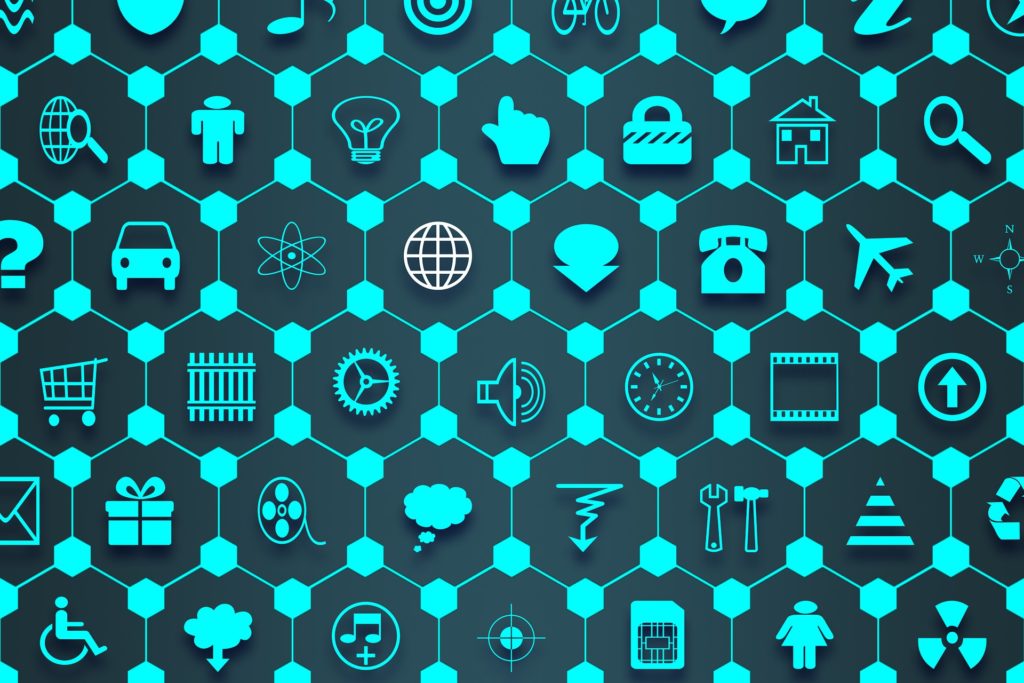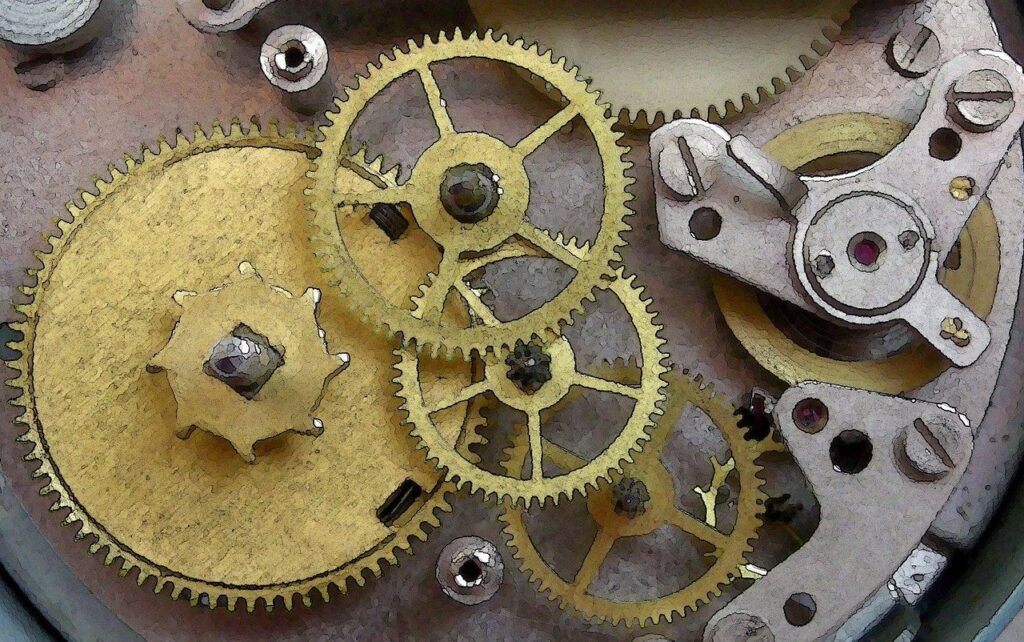As urban dwellers inhabiting 55% of our increasingly crowded planet, we are surrounded by countless helpers in our cities, houses and transport. These sensors and other ‘things’ are designed to make our lives simpler and safer while removing the mundane part from our task-cluttered lives.
By connecting and communicating with us and each other, these inanimate objects got their own internet, known as ‘the internet of things’. From sensors in a garbage bin in Barcelona sending a message that the bin needs emptying, to those embedded in a Rolls-Royce jet engine checking for potential points of failure, these devices improve the quality of our lives. At the same time, like any technology, they also have the potential to cause immense harm when captured by cybercrooks.
There are already more IoT devices on this planet than human beings, and their numbers will multiply rapidly over the next few years. IDC foresees 41.6 billion ‘things’ by 2025, with their aggregated data growing at a CAGR of 28.7% over 2018-2025.
A Market for Everyone
Whether you believe in those estimates or not, there is no doubt that the IoT is here to stay. IoT development is a particularly attractive choice for startups, as initial costs can be lowered with a Raspberry Pi, an Arduino kit, or any other hobbyist alternatives out there.
The lack of barriers to enter the IoT market also underpins the certainty that we will be surrounded by machines talking to other machines (machine-to-machine, or M2M, communications) and producing zettabytes of data. In our cities, homes, factories, hospitals, and cars, there is already a stream of communications that will grow in size and complexity.
IoT Penetration by Sector
Most authors writing on IoT attempt to divide it into different categories and sectors, such as smart cities, smart homes, industrial IoT, etc.
While this makes the IoT market easier to understand, it does not mean that ‘things’ cannot communicate across these imaginary boundaries. Quite the contrary. A wearable device, which belongs to the consumer sector, can transmit your vital signs to your physician’s computer for analysis in the healthcare sector. A baby monitor, for instance, is both a consumer item and a health-tracking device critical to avoiding the risk of the sudden infant death syndrome.
While some IoT devices are extremely simple, the environment within which they can operate successfully is rather complex. It takes far more than a technological solution—an IoT device needs to be integrated into a multi-layered and multi-component ecosystem.
Great Opportunities vs Great Challenges
Once companies successfully adopt IoT, they start seeing various benefits, such as higher productivity levels, lower costs, and less space for human error. There is literally no niche that can’t be filled in the IoT world.
For example, agriculture, rarely mentioned in the context of IoT, has a great potential for creating connected experiences. Spanish IoT device manufacturer Libelium has exploited many aspects of agricultural IoT, and there is still plenty of opportunities there, from assessing soil and water quality to managing vehicles and outbuildings.
However, the IoT market is still immature, and some enterprises that have already made the move toward the connected world had to admit the failure of their IoT projects.
According to the Microsoft IoT Signals report, 28% organizations reported their projects failed because they demonstrated an unclear business value or ROI.
Overall, the major hurdles to IoT adoption are:
- Integration complexity
- Security concerns
- Lack of expertise, training, or budget
So Many IoT Devices, So Many Protocols
The internet of things is virtually unlimited. From a simple sensor like a thermostat to a whole collection of sensory devices encapsulated in the modern car, each of them is busy collecting data to relay back to us.
However, there is no common language or protocol that is used, and the storage and computing capacity of the simpler devices can be extremely limited. These simpler devices also have to use protocols that consume the least battery power available. This has given rise to communication protocols that support the smallest sensors, with such protocols as the low-power wide area network (LPWAN), Zigbee, and Bluetooth Release 5 mainly supporting the requirements of IoT. The types of data and its formats vary too, from streaming video footage from a drone to a human’s vital signs picked up by a wearable device.
An agreed set of standards would reduce much of the complexity, but the wide variances between all these IoT components make standardization something that is unlikely to happen in the near future. So, for now, any IoT project will probably need to use most or all of the available protocols.
In selecting a protocol, one has to consider many factors around the device operating requirements, data importance, transmission frequency, service quality, and inherent security. Each protocol differs in some or all of these aspects.
It’s not all doom and gloom, though. There are around 500 platforms available that help companies build their own IoT ecosystems. Basically, an IoT platform is middleware that polls and receives data from different devices via the suitable protocols, makes sense of what is received, and provides analytical functions. The latter is the reason in its own right for adopting IoT.
Selecting the right platform is another piece of the jigsaw. It is highly advisable to get expert advice when making this decision. Development organizations have been exposed to the benefits and limitations of a variety of platforms at an operational level and are probably the best advisors. Lack of expertise can cause IoT projects to fail to the same extent as complexity does, and wise companies have engaged a number of partners to assist along the way.
Rising to the IoT Challenges
While many IoT initiatives fail, 88% of the respondents in the Microsoft study cited above say IoT is critical to the success of their company. If you understand the challenges of the connected world and ready to hit this bumpy road, you are likely to find your company among the percentage of success.
The rewards are clear. Even organizations that did not succeed in their initial IoT implementations remark on how much they have learnt from the experience and that they are willing to try again with the knowledge they have gained.




Comments are closed.